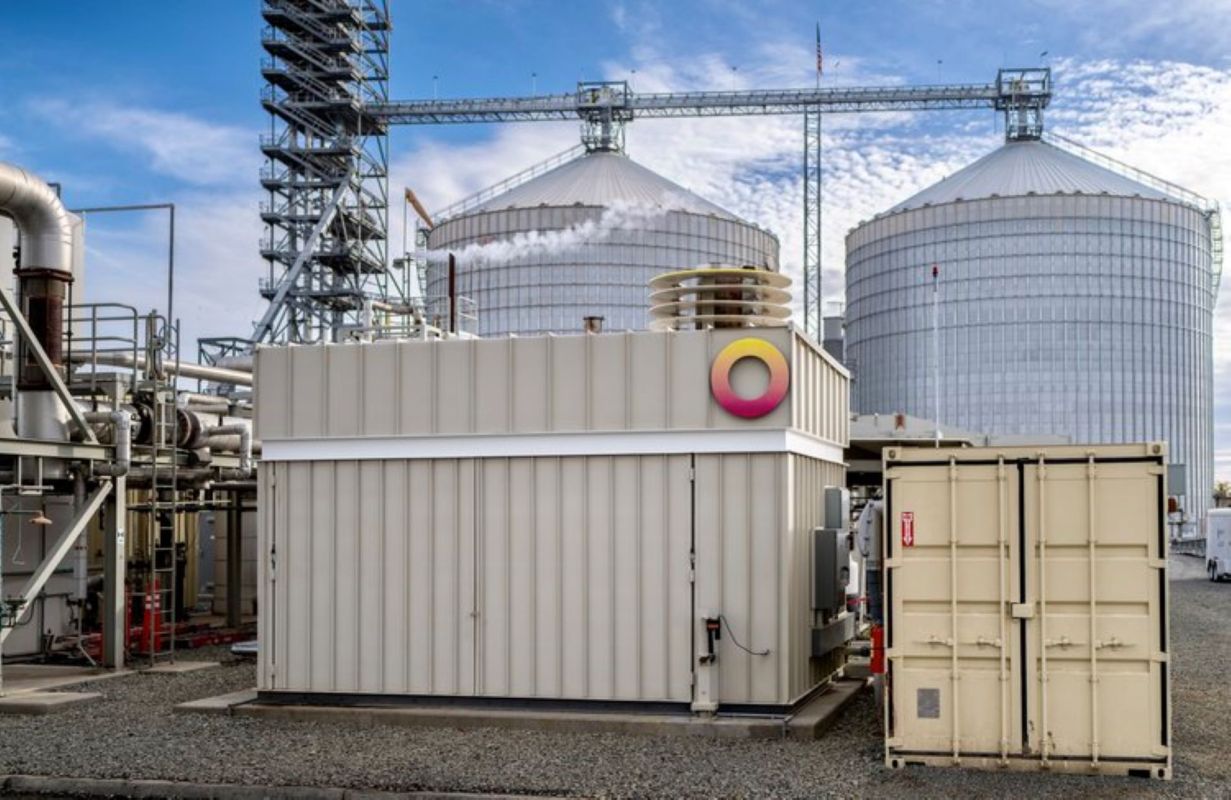The road to a cleaner planet will be paved, in part, with bricks. Rondo Energy and its first-of-its-kind heat battery are fighting fire with fire, or rather fighting Earth's rising temperatures with what's described as "a brave little toaster."
The Rondo Heat Battery works the same way your toaster does — by using electric heating elements. These elements use electricity to heat bricks to temperatures around 2,700 degrees Fahrenheit. This heat is stored in the bricks until needed, at which point air is run through them and turned into either on-demand superheated air or steam that can reach temperatures up to about 1,800 degrees Fahrenheit.
Rondo says the heat gets pulled back out of the bricks at 98% efficiency and about a fifth of the cost per unit as an electrochemical battery, and they last, too. They'll allegedly be storing heat just as efficiently 50 years down the brick road, while their chemical counterparts will have gone through multiple cycles of complex battery recycling.
The company, a startup backed by Bill Gates, hopes to solve a huge challenge to global decarbonization: the manufacturing of materials like cement, steel, and aluminum, which use a ton of dirty energy.
These materials' factories need continuous heat, and renewable energy sources are intermittent. There are also times when more solar or wind power is generated than the grid can handle, and the excess power is sometimes wasted.
This battery takes intermittent solar and wind power and converts it to an efficient, continuous supply of industrial heat and power.
Rondo's CEO, John O'Donnell, told Fast Company, "Industrial heat, powered by these heat batteries, becomes a solution to these problems in the grid … And these problems in the grid, in turn, are sort of a solution to industrial heat because there's a source of energy that was being thrown away that we can put to work."
According to Rondo, existing facilities can use the energy without process changes and will eliminate 15% of global harmful carbon pollution in 15 years.
This method of thermal energy storage will be especially impactful in the cement-making process. Cement is the most widely-used artificial material in the world, and its production is extremely toxic to the environment.
A report by the Environmental Protection Agency (EPA) states that it's the third largest industrial source of pollution, emitting more than 500,000 tons of toxic heat-trapping gases annually.
"We're at this magnificent moment where we can stop burning stuff for our heat and have it be cheaper … We have all the tools we need to transform to a zero-carbon economy," O'Donnell told MIT Technology Review.
The company deployed its first commercial pilot in March at an ethanol plant in California. While the technology is still gaining its footing, O'Donnell told New Atlas, "The couple of years of science and investigation are behind us, and we are right now making the journey from the labs, through late-stage prototypes, to our first customer installations this year with a goal of being at very large scale next year in the year beyond."
Join our free newsletter for weekly updates on the coolest innovations improving our lives and saving our planet.









